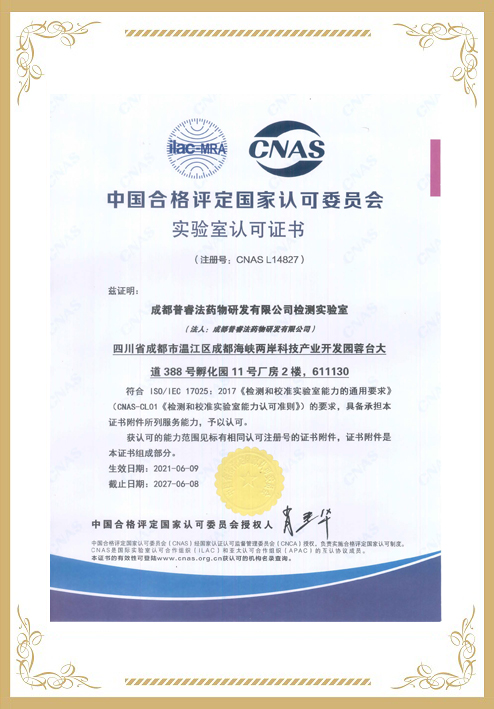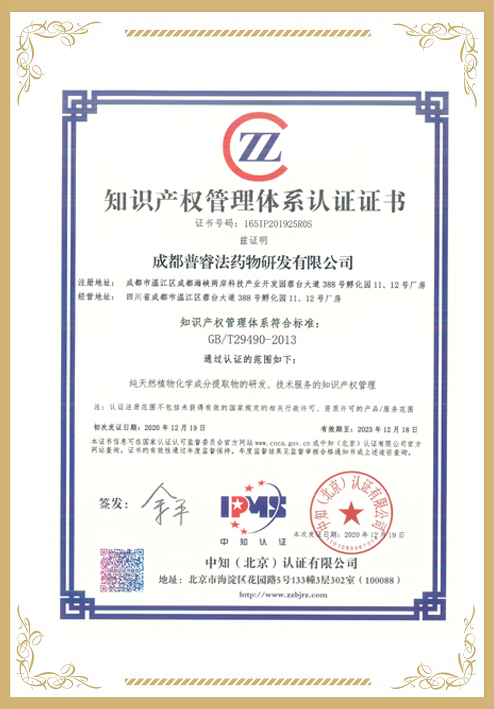Purpose(1) Assess the consistency of risk factor reporting for ACLR failure after primary reconstruction, (2) identify risk factors more frequently associated with ACLR failure, and (3) help clinicians prevent reinjury in patients with risk factors for ACLR failure.MethodsPreferred Reporting Items for Systematic Reviews and Meta-analysis (PRISMA) guidelines were used to conduct a systematic review. Initial title and abstract screening yielded 561 studies, from which 76 studies were assessed for eligibility. Thirty-two full-text studies met the following inclusion criteria: (1) clinical studies of ACL injuries, (2) patients undergoing ACLR, (3) clinical outcome data including failure rate, (4) studies assessing pre-operative risk factors for failure, and (5) manuscripts published within the past six years. These studies were subdivided into those that defined ACLR failure as revision surgery or graft failure.ResultsTen risk factors were included in the review for 22 studies defining ACLR failure as revision surgery. Eight risk factors were included in the review for 10 studies defining ACLR failure as graft failure. Posterior tibial slope (PTS) (80%, 4/5 studies), age (79%, 11/14 studies) and graft characteristics (71%, 5/7 studies) such as allograft versus BPTB autograft, high dose radiation, and BioCleanse preparation technique were the most significant risk factors for revision ACLR. PTS (100%, 2/2 studies) and activity level (67%, 2/3 studies) were the most significant risk factors for graft failure.ConclusionAge, posterior tibial slope, use of allograft, and activity level are significant preoperative risk factors that should be considered when attempting to prevent reinjury in ACLR candidates. Studies investigating risk factors for ACLR failure often fail to control for confounding variables that can influence outcomes.
Level IV, systematic review of Level II-IV studiesINTRODUCTIONAnterior cruciate ligament (ACL) rupture is one of the most common orthopedic injuries in the young adult population, with a predicted incidence of 69 per 100,000 person-years, and rising, in the United States.1 ACL reconstruction (ACLR) restores knee stability and allows athletes to return to sport.2 It also has the proposed benefit of reducing the risk of subsequent long-term chondral and meniscal damage.3 At 10 years post-operatively, the risk of ACLR graft rupture is 7.9%, with prospective studies reporting a range of 3.2-11.1%, although the true value may be even higher.4,5 The subsequent rate of revision ACLR procedures is between 2.9%-5.8% in the literature.6 Given the risks associated with chronic ACL deficiency, numerous clinical investigations have been performed to elucidate risk factors associated with ACLR failure following primary reconstruction.
The current body of literature has investigated the significance of a multitude of both pre-operative and post-operative risk factors for ACLR failure. These include modifiable factors such as body-mass index (BMI), graft selection / placement / fixation, posterior slope of the lateral or medial tibial plateau (LPTS/MPTS), activity level, time to surgery, and smoking. These additionally include non-modifiable factors including patient age, sex, height, race, and concomitant knee injuries.7, 8, 9, 10, 11, 12, 13, 14 Despite the exhaustive literature on ACLR failure, there remains disagreement on which factors are the most impactful risk factors.10,12,13,15, 16, 17, 18, 19 These discrepancies can be partially attributed to methodologic differences in controlling and reporting of confounding pre-operative variables. Additionally, there are a plethora of intra-operative techniques which vary between studies and surgeons and are often inadequately reported in the methods. This, in turn, has led to inconsistencies in identification of risk factors for ACLR failure, and leaves surgeons with scarce high-quality evidence to support their decision making to reduce the risk of ACLR failure for patients.
Previous systematic reviews and meta-analyses have sought to investigate the influence of single risk factors on ACLR failure, including participation in high-risk sports, return to sport protocols, patient sex, graft characteristics, and others.2,20, 21, 22, 23 Therefore, the purpose of this study was to (1) assess the consistency of risk factor reporting for ACLR failure after primary reconstruction, (2) identify risk factors more frequently associated with ACLR failure,and (3) help clinicians prevent reinjury in patients with risk factors for ACLR failure.
We hypothesized that there would be significant heterogeneity in reporting of risk factors and that allograft use would significantly affect ACLR failure.METHODSWe utilized Preferred Reporting Items for Systematic Reviews and Meta-analysis (PRISMA) guidelines to conduct a systematic review. Pubmed/MEDLINE, EMBASE, and CENTRAL (Cochrane) databases were queried using a priori search algorithm with the terms ("anterior cruciate ligament" OR "ACL") AND "reconstruction" AND ("revision" OR "rerupture" OR "failure" OR "reoperation") AND "risk" NOT "systematic review" NOT "meta-analysis” on November 3, 2020. Duplicates were removed, and titles were screened for a focus on ACLR. The remaining studies were assessed for eligibility. Inclusion criteria included (1) clinical studies of primary ACLR, (2) risk factors for failure or reoperation, (3) minimum follow up of 1 year, and (4) manuscripts published within six years of our initial search. Exclusion criteria included (1) studies of revision ACLR, (2) studies that do not report risk factors for failure, (3) non-English studies, (4) case series <10 patients, (5) multi-ligament reconstruction, (6) <1 year follow up, and (7) studies published prior to November 2020.
Studies defining ACLR failure as revision surgery and studies defining ACLR failure as graft failure were analyzed. A distinction between the two modes of failure was included in analysis because there can be patients with grafts that do not heal well after surgery, tear partially, or have some elements of structural abnormality that may or may not clinically impact a patient but do not merit undergoing revision surgery. This included extraction of risk factors and evaluation of their statistical significance. The most frequently investigated risk factors were tabulated and summarized to assess agreement and significance across studies. Case-control studies were excluded from calculation or pooling of failure rates.RESULTS
Study SelectionThe literature search yielded 1304 studies, which included 456 duplicates (Figure 1). A title screen was performed on the remaining 848 studies, which excluded 561 studies that did not focus on ACLR. The remaining 287 studies were assessed for eligibility. After screening, 76 studies met criteria for full-text evaluation. From these, an additional 44 studies were excluded for having a mixed definition of ACLR failure, most often not separating their analyses for revision surgery and graft failure. Ultimately, a total of 22 studies defining ACLR failure as revision surgery and 10 studies defining ACLR failure as graft failure were analyzed in this study.























